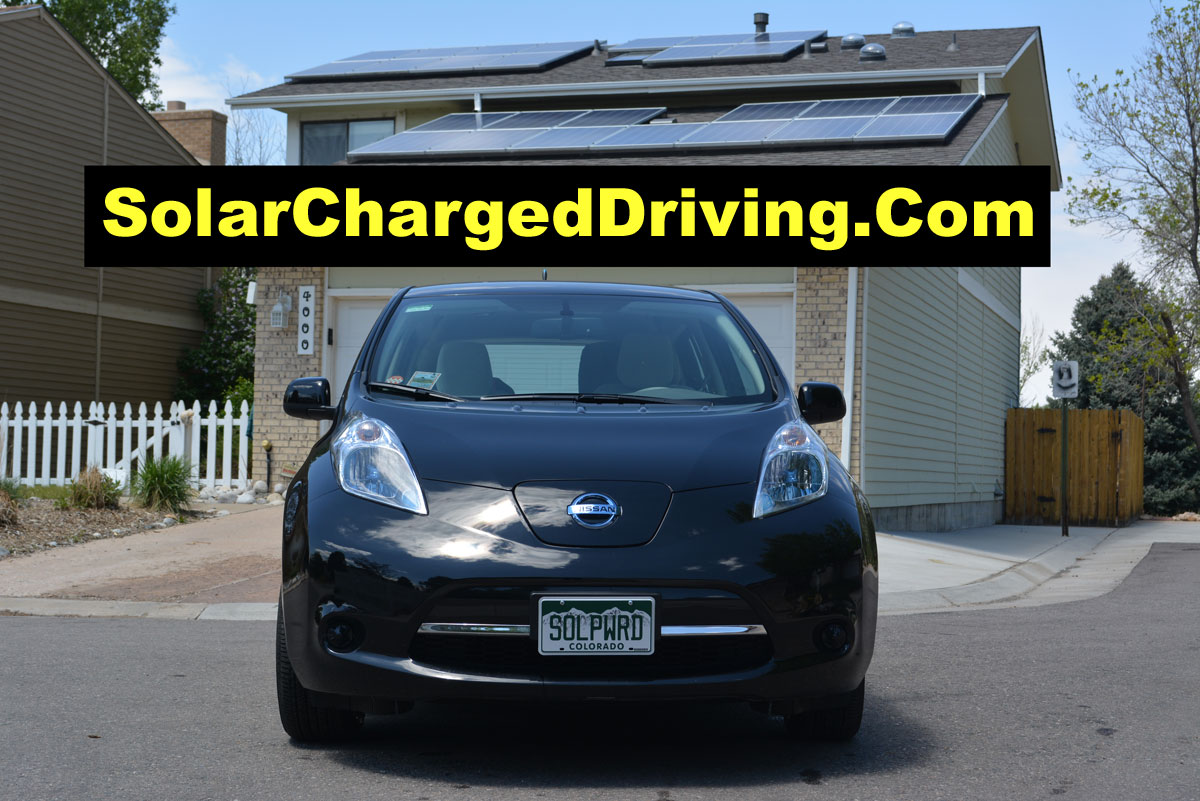![[Photo Credit: Wikipedia.Org] Hywind](http://solarchargeddriving.com/wp-content/uploads/2012/10/Hywind.jpg) The offshore wind community has recently gotten excited about a new development in the industry: Floating turbines.
The offshore wind community has recently gotten excited about a new development in the industry: Floating turbines.
Yes, that’s right. Several companies, for instance, Seattle-based Principle Power, are now developing structures that hover in the water to support wind turbines and their accompanying features.
These structures typically include stabilizing buoys in a square or triangle formation that support the turbine. The buoys are large, cylindrical and empty when they are assembled. They are attached to the wind turbine in a shipyard and are dragged out by tow boats once completed.
Cables carry electricity
As soon as the wind turbine is in location, usually about 10 miles offshore, the buoys are flooded to weigh down the turbine and fix it in place. There is some air left to keep the structure afloat.
Underwater cables carry the electricity produced to a floating substation, which reroutes the electricity to sites on land.
This innovative method has allowed companies and governments to move into deep waters.
{googleAds}<div style=”float:right; margin-left: 10px;”>
<script type=”text/javascript”><!–
google_ad_client = “pub-7703542917199961”;
/* 200×200,
created 12/8/09 */
google_ad_slot = “7950368454”;
google_ad_width
= 200;
google_ad_height = 200;
//–>
</script>
<script
type=”text/javascript”
src=”http://pagead2.googlesyndication.com/pagead/show_ads.js”>
</script>
</div>
{/googleAds}
Floating wind for U.S. Pacific
As GreenTechMedia notes: “Floating wind promises to be the answer to harvesting wind off the Pacific coast where the continental shelf is too deep for the traditional seabed-supported offshore wind that is planned along the Eastern seaboard.”
The U.S. government is planning pilot projects off of the California coast and there are rumors that French energy company Alstom may be developing floaters to take to Hawaii.
The U.K. has plans to provide 15 gigawatts of offshore wind energy to the region by 2020. It is currently providing two gigawatts with traditional methods, but has become increasingly interested in acquiring floating technology to supplement the remaining needs.
Related articles–>



